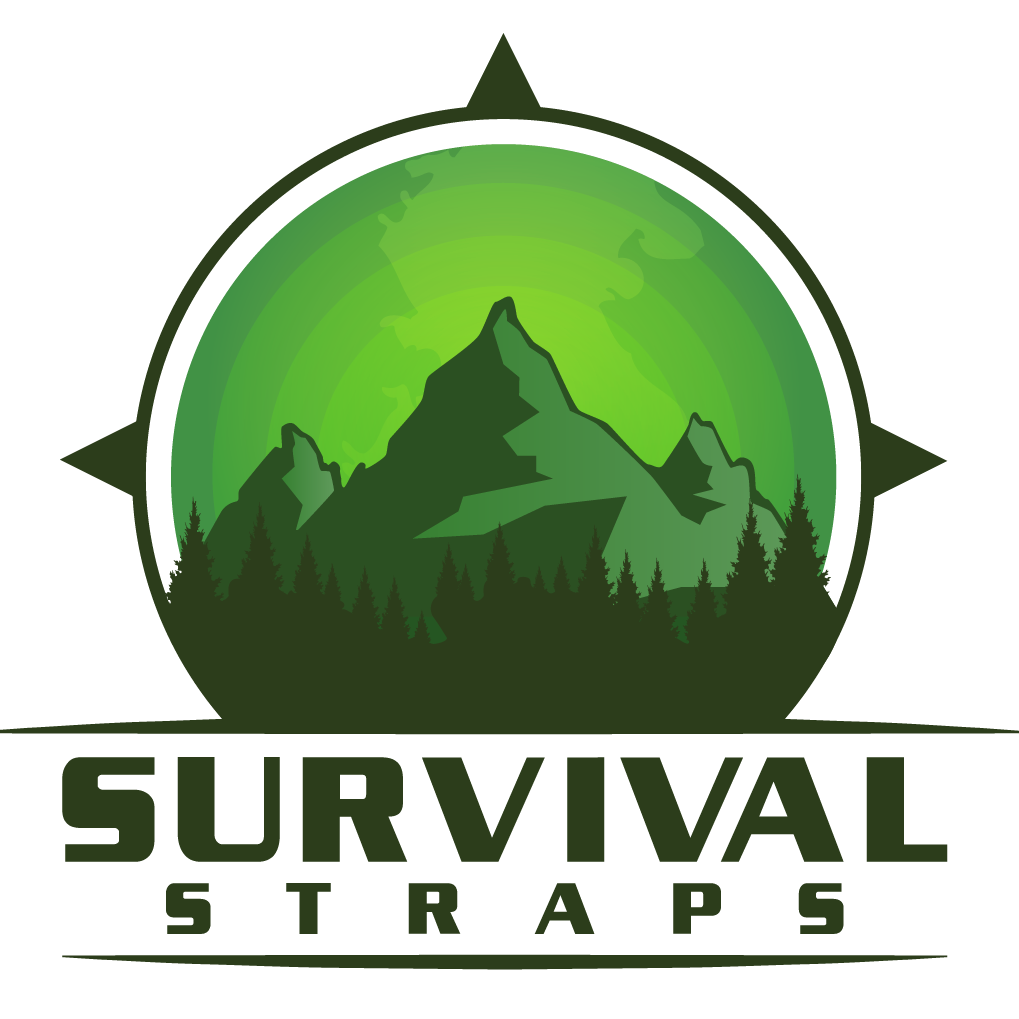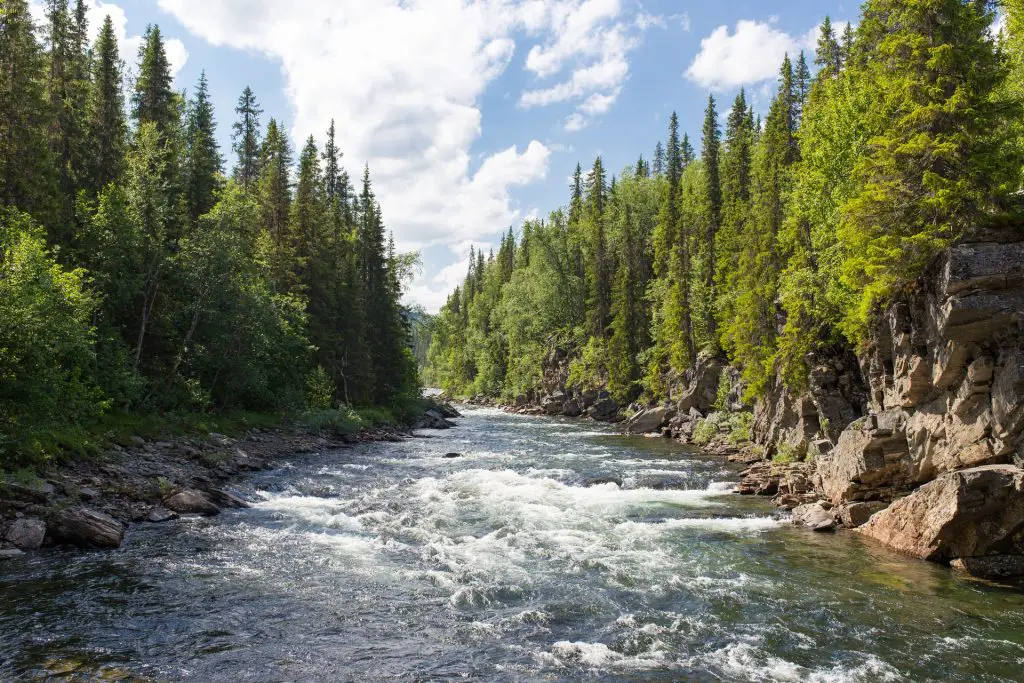Every day, people live their lives surviving on different things – however, Food and Water are the two most important. In a survival scenario, i.e., a trip to the wild, there is a good chance that you will get food to eat, either from those you packed or the environment providing one. On the other hand, water is not that easy to find.
Sometimes, you have to depend on the environment to provide you with water and carry out some techniques to make it drinkable. Unfortunately, not many people know how to do these things.
Thus, this article on how to find water in the wilderness: a top guide for survival, will help out in remarkable ways for health and safety.
How to Find Drinking Water in the Wild?
Not drinking water, especially in a survival situation, is impossible – you risk dehydration and death, ultimately. However, if you want to know how to find water, you should also understand that you need to filter and purify it for safe consumption. Below is a list of water collection methods, and ways to find them.
Rivers, Streams, Lakes, and Ponds
One of the quickest means of getting water for use in the wilderness is via Rivers, Streams, Lakes, Ponds, or other water bodies around. They are quite visible on maps, so you could make plans on how to use them throughout the entire experience. Animal tracks and attentively listening to running water are two other effective ways to find these water bodies.
It is always advisable to go for fast-flowing rivers, as they are less contaminated due to motion. On the other hand, lakes and ponds are stagnant; thus, they risk pollution. It would be best if you considered filtering and boiling them before use. Most importantly, avoid using water with an oil slick on its surface.
Rain
A safer way of collecting water in the wilderness is via rainwater. As proven, rainwater is one of the purest forms of water, which makes them readily available to drink. They do not risk pollution, so you should collect them while you can. You could collect rainwater either by using containers or tying tarp corners.
Unfortunately, you cannot always depend on this method because it rains at different times of the year; however, studying the rain patterns of the location every month or year, shouldn’t be a bad idea.
Ice or Snow
In areas where ice or snow is the order of the day, getting water to drink and use for other purposes shouldn’t be difficult. It is also another pure form of water without the risk of bacterial infection.
In case you find ice or snow, as a source of water in the wilderness, pack some into a clean container and keep them under a core temperature. Over time, it melts and is ready for use.
Puddles
Sometimes, you are left with no option but to look elsewhere for water. One of those options is Puddles, found in most areas with no waterbodies. They are big and small rocks with crevices capable of trapping water.
Unfortunately, the trapped water is not entirely safe to drink, as it risks contamination. With a piece of cloth, collect water from puddles and squeeze it out into a container—finally, filter and boil for safe consumption.
Morning Dew
In extreme cases, morning dew can be an effective source of water. Every morning, plants (or the natural vegetation) collect an amount of moisture. With a piece of cloth, soak up the moisture and wring it out in a container. Water purification methods can take place afterward. This method is a little stressful, but it provides you with water, regardless.
Fruits/Plants
In tropical environments, fruits and plants hold water for sustainability. For instance, cacti and bamboos trap clean drinking water, and you must know how to collect them. Also, some tree roots have a good deal of water that needs to be carefully extracted.
However, you should pay attention to where you collect water from – not all plants are safe to squeeze water out to drink.
You may be interested in
| Hydroviv water filter review. |
| MSR Hyperflow Microfilter Water Purification Review |
| LifeStraw personal water filter review. |
Underground Still
If you have tried other methods and it’s not effective to get the amount of water you need per day, an Underground Still should be your next resort. It is incredible how moisture is underground, and it only needs an effort to get them. This method requires you to dig your way down to a water source and use a canister or container to collect water. As you dig a hole 3X2 ft., ensure you dig another to fit the container. An Underground Still could offer up to 5 liters of water per day.
Tree Forks
Almost synonymous with puddles, Tree Forks collect an amount of water due to their shape – a concave. It doesn’t guarantee much, but it is better than none. It also requires using a clean piece of cloth to soak the water and squeezing out in a contain. Filtration and purification further take place to make it safe to drink.
Plant Transpiration
A little Biology, Plant Transpiration involves the movement of moisture from the root to the branches of the under-leaves of a tree. It is another pure form of water. Here, you will need to tie a collecting bag or container to the leaves, so that it gathers the water vapor-turn-moisture-turn water for use.
Birds and Bees
As mentioned earlier, animals can be great finders of water. Two of the most special set of animals that will help survivalists are Birds and Bees. For instance, Birds drink at dawn, and by following game trails, you will find a water source. Bees, on the other hand, are typical insects that often describe the presence of nearby water. They are always within 4 mile of radius a water source.
Interested in finding more about surviving with or without water? CLICK HERE
Conclusion
Collecting water to drink from the environment in the wild is a risk you should be willing to take for survival. On how to find water in the wilderness: a top guide for survival, you are already enlightened with the various ways above. Finally, stay prepared and go through with the water purification methods recommended.
If you have any queries feel free to reach out in the comments section below.
Surviving in a situation seems like a daunting task if you don’t have all the information. We have compiled complete guides for you to follow in every situation. CLICK HERE to check them out.


